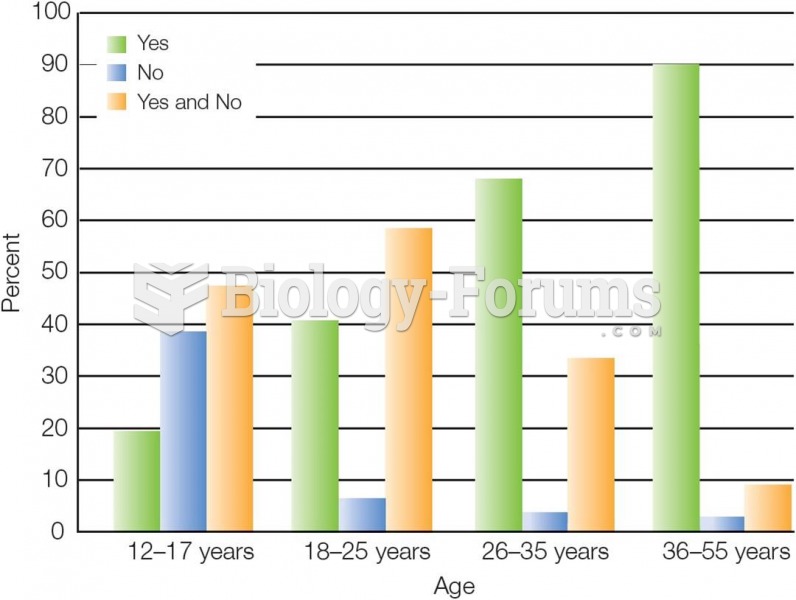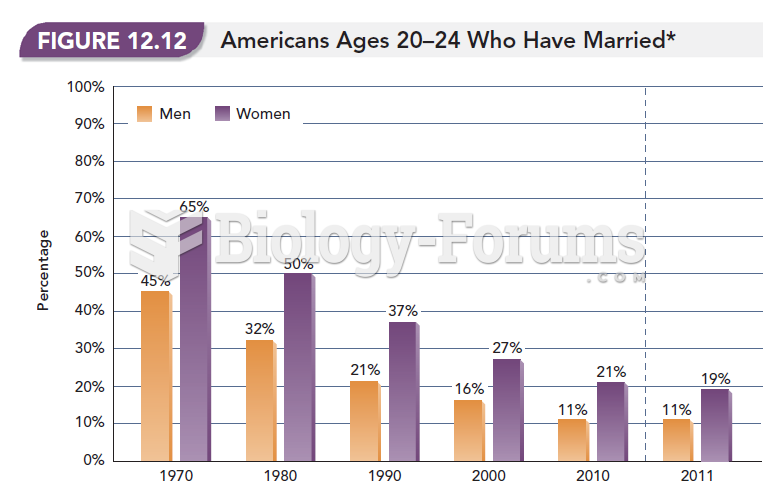|
|
|
By definition, when a medication is administered intravenously, its bioavailability is 100%.
Approximately 500,000 babies are born each year in the United States to teenage mothers.
Blood in the urine can be a sign of a kidney stone, glomerulonephritis, or other kidney problems.
To prove that stomach ulcers were caused by bacteria and not by stress, a researcher consumed an entire laboratory beaker full of bacterial culture. After this, he did indeed develop stomach ulcers, and won the Nobel Prize for his discovery.
There used to be a metric calendar, as well as metric clocks. The metric calendar, or "French Republican Calendar" divided the year into 12 months, but each month was divided into three 10-day weeks. Each day had 10 decimal hours. Each hour had 100 decimal minutes. Due to lack of popularity, the metric clocks and calendars were ended in 1795, three years after they had been first marketed.







